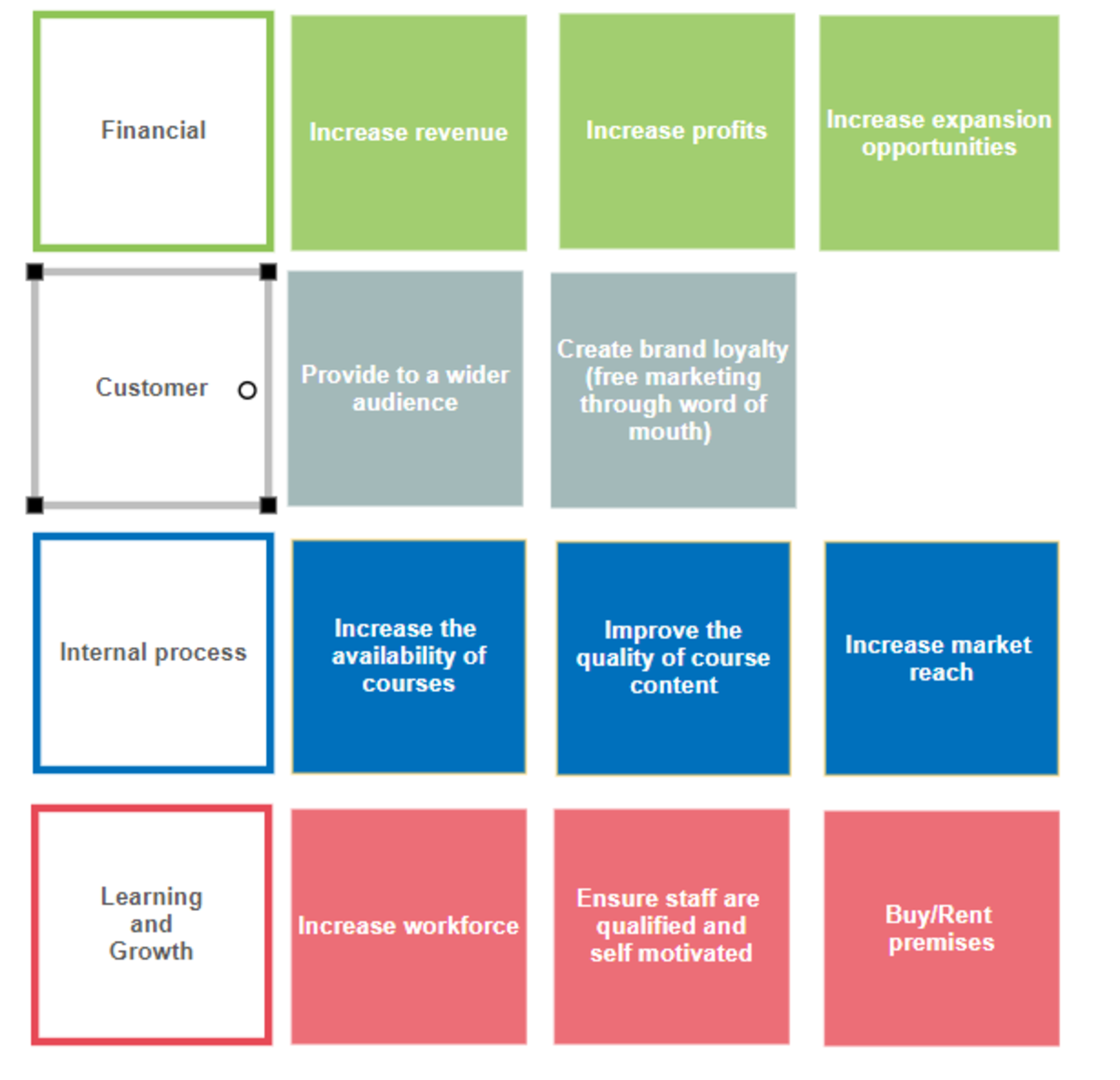How to Successfully Outsource Your Content Marketing
How to Successfully Outsource Your Content Marketing.
Want to drive traffic, generate leads, improve sales as well as boost revenue for your company? Content marketing is an effective way to achieve this. However, without the right strategies in place, it may not reach your target audience.
Don’t have time to regularly produce content? Or perhaps you’re not confident with your writing ability? Then outsourcing to content marketing could be the answer to all your problems.
Do you want your company to implement the latest in online marketing? External teams keep abreast with the current trends in order to satisfy their clients.
Is outsourcing really right for you? If you’ve been debating this very question, here are my top tips on how to successfully outsource your content marketing.
1. Create a Viable Content Marketing Strategy
It’s a good idea to be crystal clear on what’s required before you outsource your content marketing. That way, you spare yourself the pain of overspending. Not only that, you don’t underestimate the number of writing assignments.
For this to happen, you need a plan in place—your marketing strategy should include the following:
Consider Your Demographic
It’s pointless contracting out your content marketing if you haven’t come up with a well-defined buyer persona for your written content.
There’s no one-size-fits-all solution in life—you cannot expect to roll out content that will cater to the needs of all readers. If your ideal client base is clear-cut, it’s much easier for you to satisfy them.
When you research this, you’ll know if your target audience prefers visual content over text, for instance. Once this is ascertained, it’s easy to produce online content that is favored by your ideal client base.
This is where a viable content strategy comes in handy—creating content tailored to the needs of your customers.
Decide How Much to Outsource
It helps to know exactly how much of your content needs to be outsourced. A good strategy indicates how often you post to the company’s social media handles and blog. It should also include the quantity of content marketing your organization’s goals require.
When you’re clear on this, you’ll find it easy to outsource. The contractor will work within the quota of content marketing your company requires.
Both parties will understand what is expected―you won’t feel shortchanged nor will the external team feel overworked.
Include a Workflow
This refers to a process followed by your in-house team from brainstorming to publication. If your employees have a clear-cut process for content marketing, it’s a lot easier for them to team up with the external contractor.
The workflow should include who does what? When do they execute their task? To whom are they accountable?
You’ll have fewer hassles when everyone knows who cross-checks the visuals done by the outsource team, for instance.
Workflows reduce the risk of wrongly-approved tasks and contracts executed by the outsource team. They modify the content strategy from brainstorming to publication, increasing its efficiency.
This helps in saving time in execution of tasks because it helps determine what’s needed to get them done.
An added benefit of a workflow is it lets you know exactly what’s being done in-house. This way, you spare your outsource team unnecessary explanations of completed tasks.
How to Outsource Successfully
1. Set S.M.A.R.T Goals
It’s a good idea to set your content goals while drawing up your marketing strategy. Your targets should always be on par with the organization’s maturity level.
You recently started content marketing but are yet to make this an integral process in the organization? Your goals should reflect this.
Your content targets need to be inclusive of early successes with previous attempts at marketing. Tested and trusted methods are the way to go in drawing up a viable strategy.
How do you want to deepen the relationship with your client base? Conduct an audit to ascertain this and include your findings in your plan.
Use the S.M.A.R.T system to set your content goals. Ensure they are:
-
S: Specific
-
M: Measurable
-
A: Attainable
-
R: Realistic
-
T: Time-bound
S - Specific:
There’s a lot of content shock―consumers don’t want to read because the sheer volume of content overwhelms them. Make your goals specific by choosing a niche and rising to the top in this field.
Competition is fierce in broad fields and content shock lowers your chances of getting noticed in such areas.
M - Measurable:
Work closely with your outsource team in measuring the success of your goals closely tied to the projects. Clarity on the success of your content marketing strategy will help determine what aspects of your business need attention.
Lessons learned from measuring your goals progress with the external team will prove helpful in making other business aims succeed.
A - Attainable:
Let’s face it―some products are destined to fail. Not all content syndicated across digital channels will succeed. If you decide to market broccoli ice cream to kids, your content is likely to flop.
Ensure the product itself is something people actually want before you outsource. The best external team makes a product with potential succeed―not a brand destined for failure.
R - Realistic:
If you’re planning to dominate the front page of Google search results in one month, reconsider. It takes time and nurturing of your audience with the awesome content produced by your outsource team to achieve this.
T:Timebound:
Ensure the external team yield results within the allotted time as other company objectives hinge on this.
2. Determine What Needs to Be Outsourced
Here are a few questions you may want to ask yourself:
-
What does your content need to go viral on social media?
-
What skill sets are required for your content goals?
-
Can your content needs be satisfied by your in-house team members?
“Hiring someone is the fundamental answer to everything you’re not good at” - Gary Vaynerchuk
Your team might be unable to meet your demands in a manner that moves your company forward. If you want to be propelled in the direction of your company goals, outsourcing will create opportunities to do so.
Introducing a fresh perspective to your content marketing via outsourcing is a great idea. Don’t fall into the trap of assuming your team doesn’t need to take a different approach.
3. Evaluate ROI
Assess the return on investment (ROI) of your content marketing strategy—in a bid to increase revenue within the shortest length of time.
Your team might struggle to brainstorm for original content marketing ideas and spend lots of time writing and editing blog posts. Likewise, they might find it difficult to analyze metrics or optimize for Google Search. Time is money, and it also means a low return on your investment.
Assessing the ROI of your content marketing strategy will prove beneficial for identifying this kind of negativity. Outsourcing these aspects may prove more cost effective for your business.
4. Be Clear With Your Outsourcing Team
You’ll want to have all outsourced tasks delivered to your specifications. This is why it helps to provide explicit instructions on what is expected and to be included in your project.
Company guidelines will point your outsource contractor in the right direction. This should indicate the approach, format, and tone of the content—keeping it in line with existing publications.
Considering your content is tailored to a particular persona your outsource contractor will also appreciate working with editorial notes for reference. As a result, they should be able to work swiftly, plus it reduces the need to return the project for revision.
Ensure you include the following in your guidelines:
-
Specific outlines with key points.
-
A clear description of your target audience.
-
Suggestions for additional resources for the outsource team to look up.
-
Provide target keywords and preferred keyword density.
Keep all instructions simple and you will successfully outsource your content marketing.
5. Communication Is Key
Challenges occur in the process of working on a content marketing project. It’s a good idea to keep the lines of communication open with your outsource contractor. This will get the project completed, in front of your target audience and revenue generated quickly.
How you want to connect with your outsource team is up to you. Do you prefer voice-to-voice contact, or correspondence via emails and apps? Be sure to let your outsource contractor know.
If any issues arise, it’s imperative that you’re reachable. However, if you’re unavailable, assign all queries to an employee competent enough to handle them.
From time to time, get in touch with your outsource contractor and ask questions about the project. This should save both parties time and stress due to frequent fixes.
Your outsource contractor is also more likely to work with you in the future if you’re readily available to answer questions.
Conclusion
You save your in-house team lots of emotional stress when you successfully outsource your content marketing. Not only that, you boost revenue for your company and stay ahead of the competition.
Many organizations have jumped aboard the content outsource train. External teams are forward thinking in their approach and this helps companies implement innovative strategies in engaging with their target audience.
Don’t overlook the importance of original content with fresh ideas—or the writers who produce it. Contact Oge Igboegbunam today, to discuss your business goals and how I can help you.








